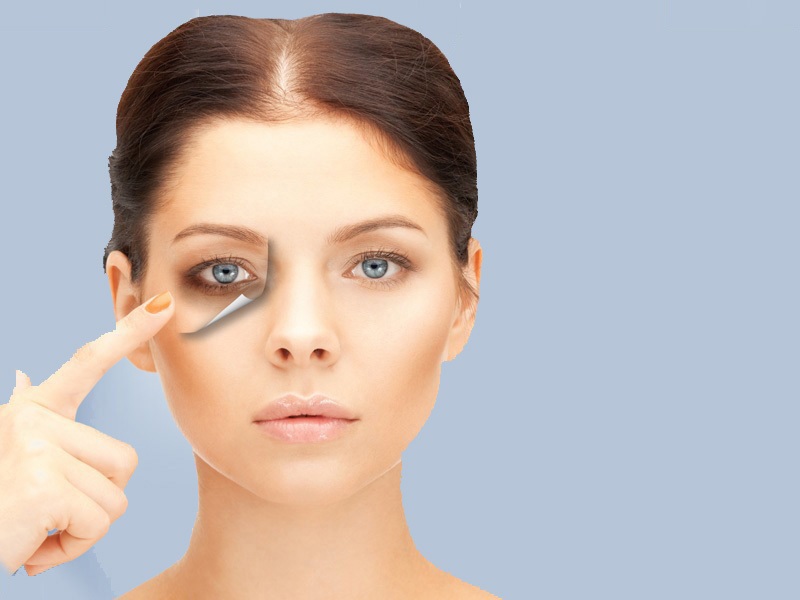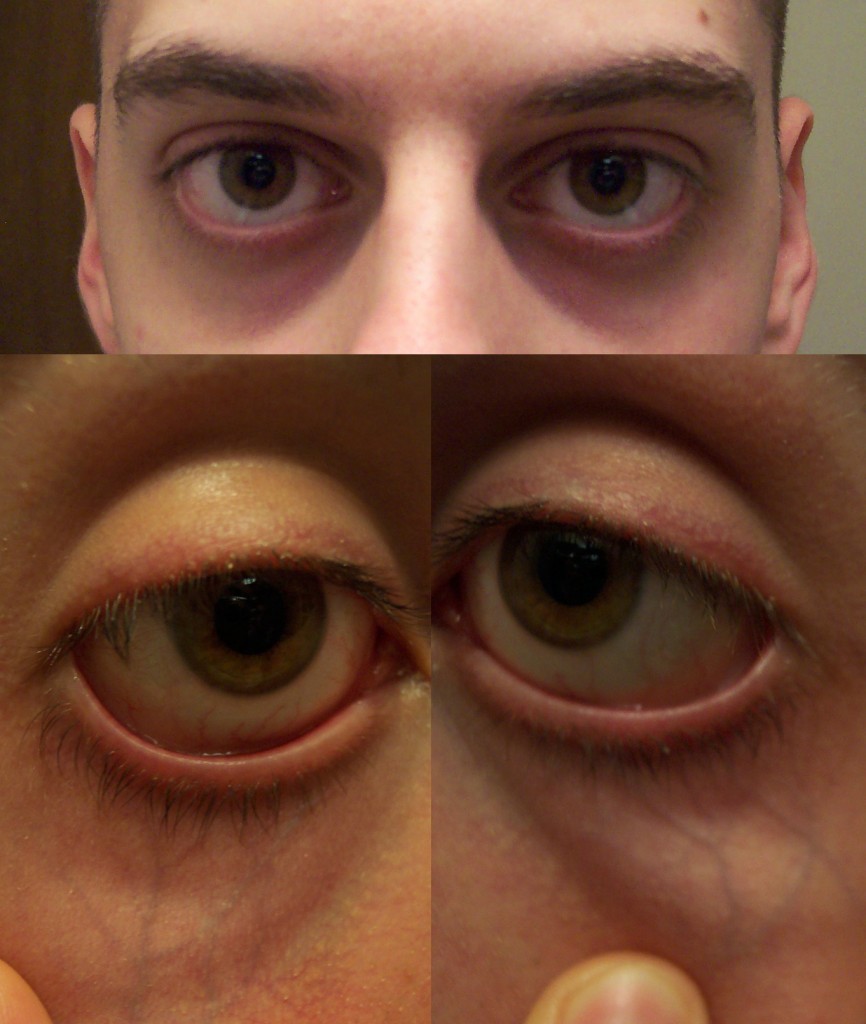

The goal of the current study was to investigate the facial cues that signal to observers that a sleep deprived person is fatigued. In addition to being crucial in conveying behavioral intentions and emotional state, 3 facial expressions may also reveal nonverbal cues of the person's level of fatigue. Researchers sometimes ask people to evaluate whether someone in a photo-graph is fatigued or sleepy without further explanation as to what these states actually look like. 8 Indeed, looking fatigued has been assumed to be connected with cues related to the eyes 9, 10 but this has not previously been scientifically studied.

6 These studies show that long eyelid closures are judged as indicators of sleepiness, 7 which is consistent with the fact that when told to judge the fatigue of photographed faces, people spend most of their time looking at the eye region. An exception is research on driver fatigue, where observers can be trained to reliably estimate a person's sleepiness based on eyelid closure, facial expressions, and body movements. The question of how facial features signal fatigue has received little scientific attention. To enhance our control over stimulus qualities and enable comparisons to earlier work, we used the same stimulus material as in the previous study on beauty sleep 5 but with new raters. The goal of the current study was to assess these cues. 5 However, it is not known which facial cues actually shape these judgments.

In everyday life, we commonly hear statements such as “you look tired,” “I didn't sleep well, hence the dark circles under my eyes,” or “I need to get my beauty sleep.” In a recent study, we confirmed that sleep deprived people are perceived as more fatigued, less attractive, and even less healthy than when they are rested, confirming the colloquial notion of beauty sleep and suggesting a role of sleep history in social interactions. 3 Fatigue can be regarded as a motivational drive to rest, 4 and it is likely that this drive can be perceived and understood through facial cues 5 in a manner similar to emotional expressions. 2 Through the use of facial muscles and varying blood flow, humans express a variety of emotional and motivational states such as anger, fear, sadness, happiness, and shame, which strongly influence social interaction. 1 The face is the primary source of information in social perception. Humans use a wide range of different cues to communicate how they feel and to read the inner state of other individuals.


 0 kommentar(er)
0 kommentar(er)
